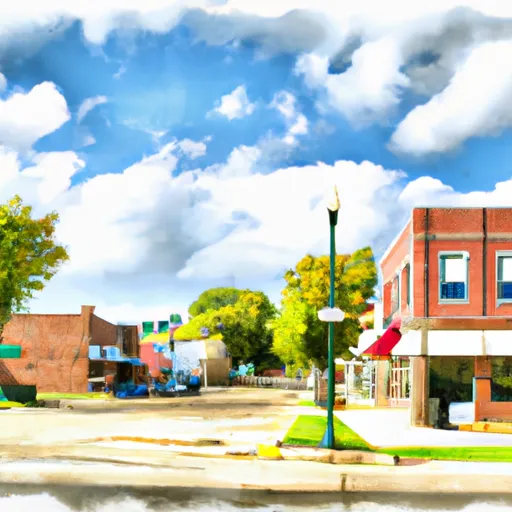°F
°F
mph
Windspeed
%
Humidity











Britt, Iowa is a small town situated in the northern part of Iowa. The climate in Britt is typical of the Midwest, with warm summers and cold winters. The town receives an average of 35 inches of rainfall annually, which contributes to the hydrology constituents of the area. The Boone River flows through the town, providing fishing and boating opportunities for outdoor enthusiasts. Additionally, there are several parks and trails in the area, including the Britt Trail System and the Crystal Lake Park, which offer hiking, biking, and camping opportunities. Overall, Britt, Iowa is a great destination for those who enjoy the outdoors and want to explore the natural beauty of the Midwest.
Weather Forecast
Britt receives approximately 808mm of rain per year, with humidity levels near 83% and air temperatures averaging around 8°C. Britt has a plant hardyness factor of 5, meaning plants and agriculture in this region thrive during a short period during spring and early summer. Most plants will die off during the colder winter months.
Regional Streamflow Levels
63
Cubic Feet Per Second
8
Cubic Feet Per Second
100
Cubic Feet Per Second
205
Cubic Feet Per Second
Nearby Camping
| Camping Area | Reservations | Toilets | Showers |
|---|---|---|---|
| Daly County Park | |||
| Riverside Park - St Peter | |||
| Allansons Park | |||
| Baylor Co Park | |||
| Baker Park Reserve | |||
| Bray County Park |



